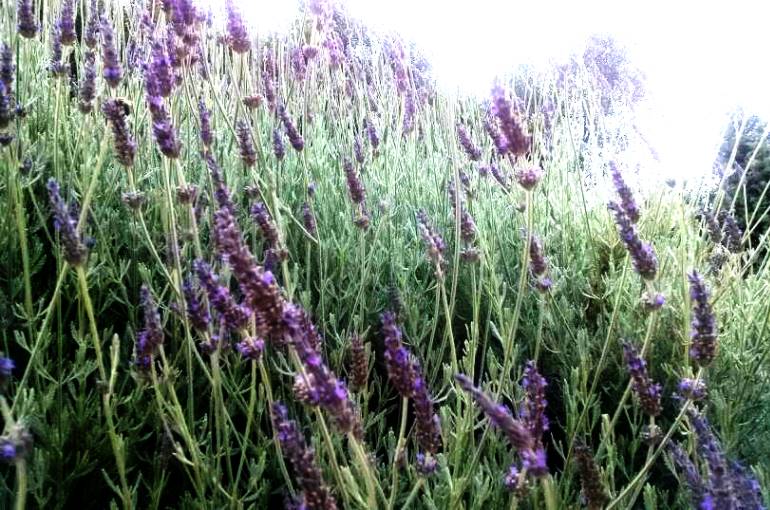How to grow Lavender for home use

This post is also available in:
This post is also available in:
![]() Español (Spanish)
Español (Spanish) ![]() Français (French)
Français (French) ![]() Deutsch (German)
Deutsch (German) ![]() Nederlands (Dutch)
Nederlands (Dutch) ![]() हिन्दी (Hindi)
हिन्दी (Hindi) ![]() العربية (Arabic)
العربية (Arabic) ![]() Türkçe (Turkish)
Türkçe (Turkish) ![]() 简体中文 (Chinese (Simplified))
简体中文 (Chinese (Simplified)) ![]() Italiano (Italian)
Italiano (Italian) ![]() Ελληνικά (Greek)
Ελληνικά (Greek) ![]() Português (Portuguese (Brazil))
Português (Portuguese (Brazil))
Growing Backyard Lavender
If you want to grow lavender, the first way is to buy plants and transplant them at a sunny well drained point of your field, preferably 3-4 weeks after the last winter frost. The second way is to take cuttings from a thriving plant during May-June, plant them in pots with special mixture, and once they root, transplant them in larger pots or directly in the field.
Choosing the right cuttings of lavender is not an easy procedure. It requires experience that is accumulated through a “trial and error” course. We generally choose healthy young branches. It is good to take cuttings just before the plant flowers. Cuttings should be 4-6 inches (10-15 cm) long. We remove the leaves at the bottom 2/3 of the stem (the part that is going to be put in the pot). Many farmers use special rooting powders, but you can first give it a try naturally. The pots shall contain a 3 part mix, 1/3 peat moss, 1/3 vermiculite and 1/3 commercial potting soil. We irrigate frequently, but only when the pot is dry.
Cuttings will naturally root in 4-6 weeks. During this period, the pots must be placed in a warm place without exposure to direct sunlight. Some farmers put a nylon bag at the top of the pot, which then functions as a greenhouse. After the 4-6 weeks rooting period, we carefully remove any flowers, because they will slow down the plant’s development. When we see that our cuttings have established a root system, we can transplant them in a sunny and well drained spot of our field. Alternatively, some farmers prefer to keep them inside, so that they can experience their first winter in a protected environment.
We can harvest the mature floral stems of lavender during summer. After harvesting, it is absolutely necessary to prune our plants, otherwise they will face several problems and their production will be diminished after a couple of years.
Keep in mind to irrigate the plants only when the soil is dry. We can irrigate using the drop by drop technique and irrigate in the root of the plant rather than spraying from overhead.
You can enrich this article by leaving a comment or photo of your lavender plants grown at home.
1.) Lavender Plant Information
2.) How to grow Lavender at home
3.) Growing Lavender for Profit
4.) Lavender Growing Conditions
5.) Sowing Lavender – Seeding Rate – Number of Lavender Plants per Hectare
6.) Lavender Water Requirements
7.) Lavender Fertilizer Requirements
11.) Lavender Essential Oil Yield
Do you have experience in Lavender cultivation? Please share your experience, methods and practices in the comments below. All the content you add will be soon reviewed by our agronomists. Once approved, it will be added to Wikifarmer.com and it will influence positively thousands of new and experienced farmers across the world.








































































